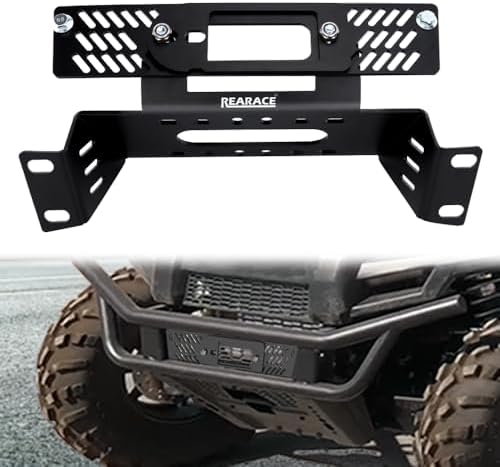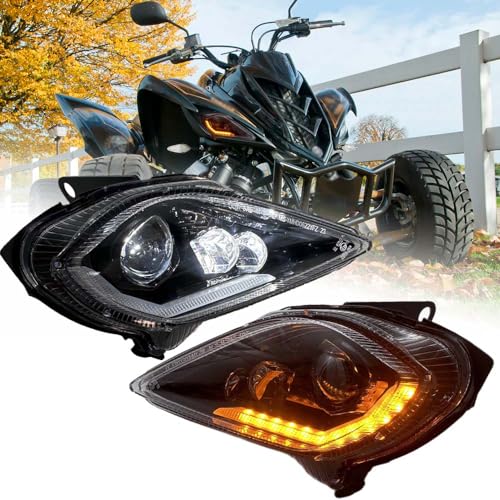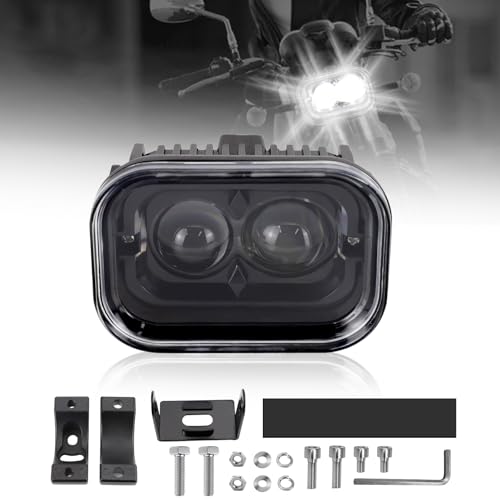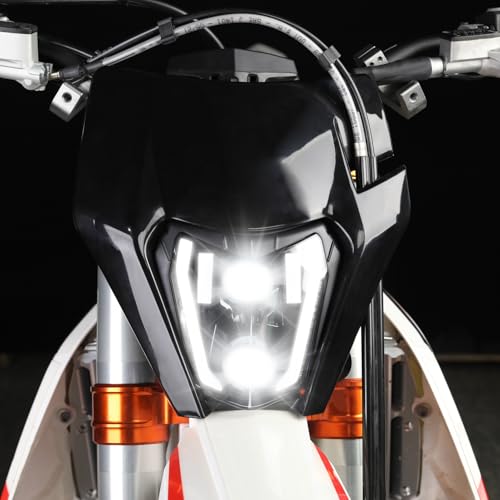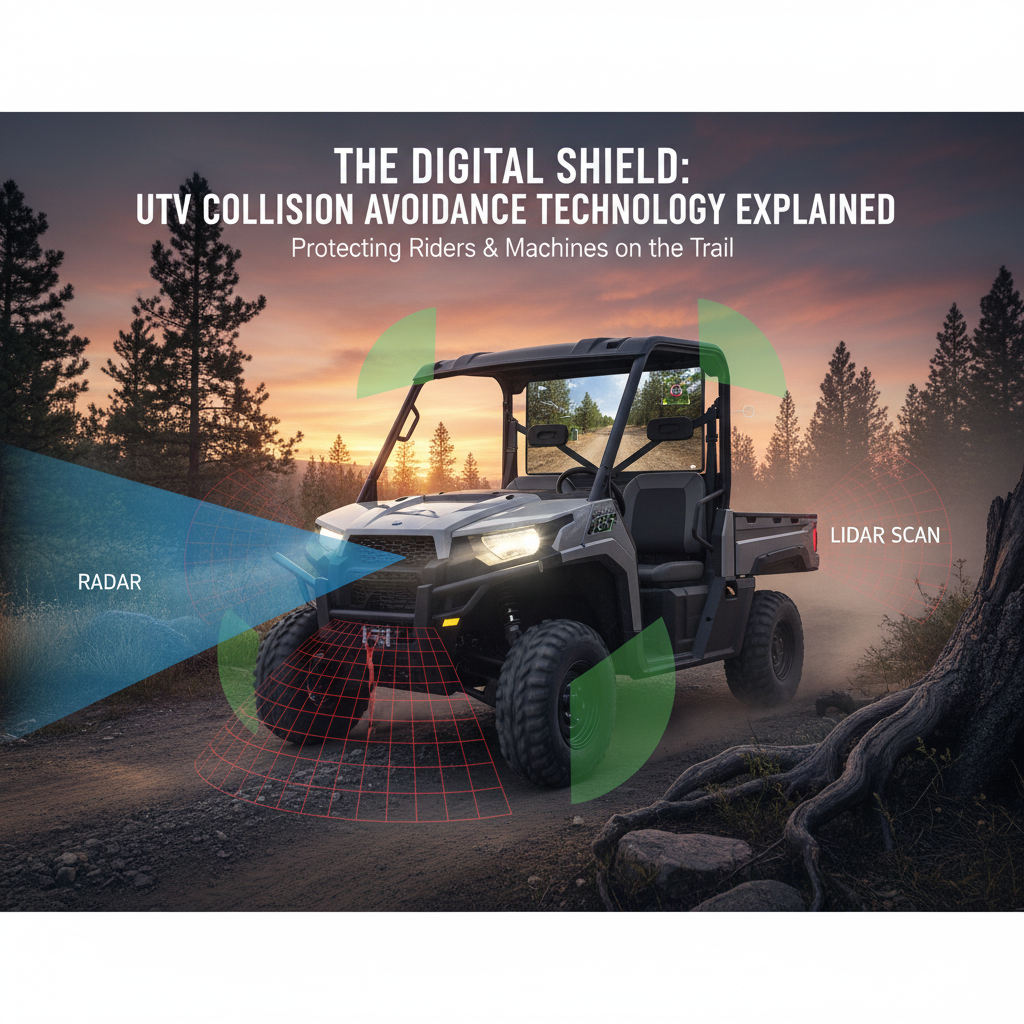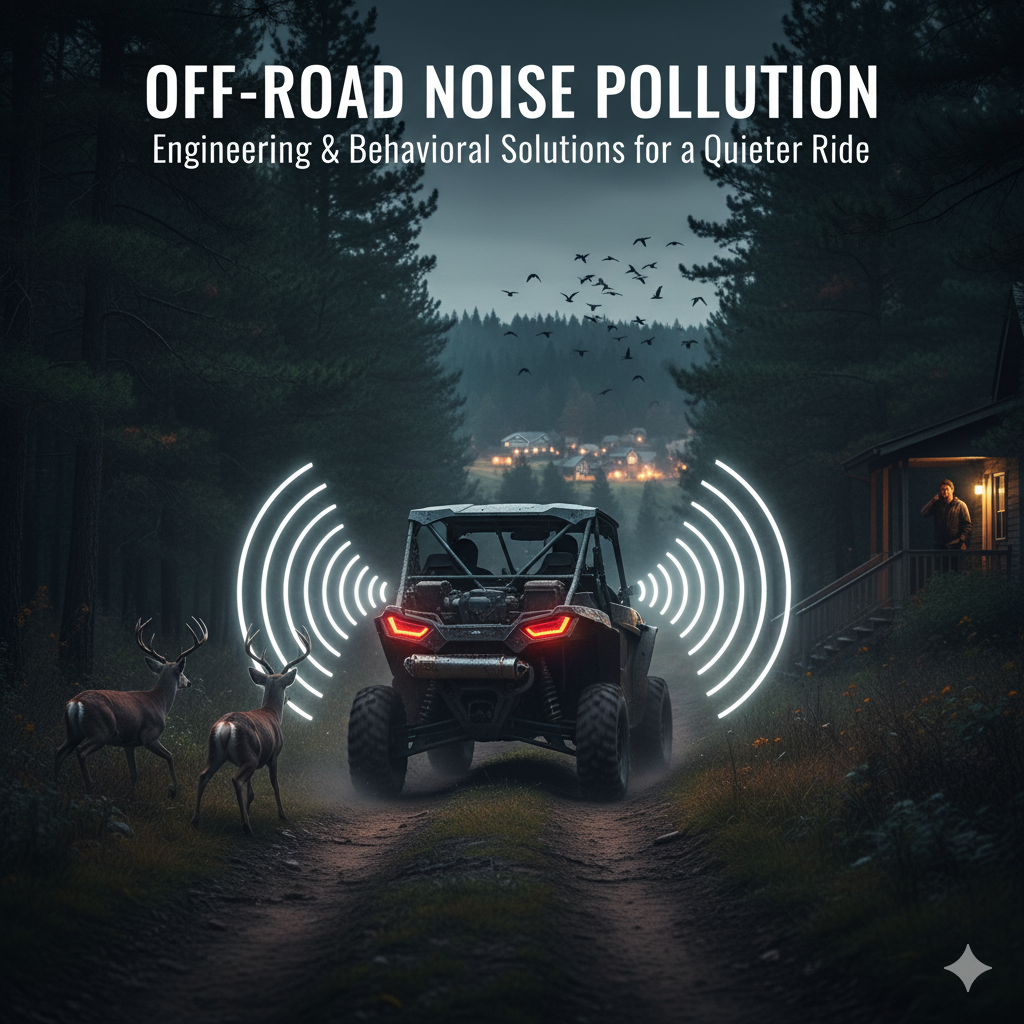The off-road world is undergoing a silent revolution. For decades, the roar of a gasoline engine was synonymous with adventure, but a new wave of electric vehicles (EVs) is proving that you don’t need noise to conquer the wilderness.
Leading this charge are two distinct, yet equally compelling, machines: the utility-focused Polaris Ranger EV and the recreational DRR EV Safari.
Together, they embody the Electric Revolution: Polaris Ranger EV and DRR EV Safari in Off-Road Play, offering a glimpse into a cleaner, quieter, and surprisingly powerful future for off-roading.
The shift to electric power in the off-road segment is driven by more than just environmental concerns.
The instant torque, reduced maintenance, and silent operation of EVs offer tangible benefits for hunters, land managers, and recreational riders who value stealth and simplicity.
I’ve spent time with both the Polaris Ranger EV and the DRR EV Safari, and the experience is transformative.
This comprehensive guide will explore the unique strengths of each machine, compare their performance and range, and detail how they are changing the way we work and play in the great outdoors.

Phase 1: The Utility Workhorse—Polaris Ranger EV
The Polaris Ranger has long been the benchmark for utility UTVs, and its electric counterpart, the Ranger EV, carries that legacy forward with a focus on quiet operation and robust work capability.
1. Performance and Utility
- Electric Drivetrain: The Ranger EV is powered by a high-performance AC induction motor. While the older models used lead-acid batteries, newer iterations and the more powerful Ranger XP Kinetic utilize advanced lithium-ion technology, offering superior power and range [1].
- Silent Operation: The most significant advantage for utility work is the near-silent operation. This is invaluable for hunters, wildlife observers, and farmers who need to approach livestock or game without spooking them.
- Towing and Hauling: The Ranger EV maintains the Ranger’s reputation for utility, offering a respectable towing capacity and a durable cargo bed, making it a true workhorse for the farm or job site.
2. Range and Charging
- Range Variability: The range of the Ranger EV is highly dependent on terrain, temperature, and driving style. Older models typically offered a range of around 45 miles, while the more advanced XP Kinetic can achieve up to 90 miles on a single charge [2].
- Regenerative Braking: Features like regenerative braking help to maximize range, especially in hilly terrain, by recovering energy during deceleration.
| Model | Vehicle Type | Motor Type | Estimated Range (Miles) | Primary Use Case |
|---|---|---|---|---|
| Polaris Ranger EV | UTV (Side-by-Side) | AC Induction | 45 – 90 (depending on model) | Utility, Hunting, Land Management |
| DRR EV Safari | ATV (Quad) | 11 kW Electric | Up to 50 | Recreation, Trail Riding, Light Utility |

Phase 2: The Recreational ATV—DRR EV Safari
The DRR EV Safari represents the electric future of the traditional ATV, offering a powerful, single-rider experience with a focus on recreational trail riding.
1. Power and Agility
- Motor: The EV Safari 4×4 is equipped with a powerful 11 kW electric motor [3]. This provides instant, aggressive torque, which is a hallmark of electric motors and makes it excellent for tackling tough obstacles and steep climbs.
- Agility: As an ATV, the EV Safari is inherently more agile and maneuverable than a UTV, making it ideal for tight, technical single-track trails where a larger side-by-side might struggle.
2. Innovative Design
- Patented Motor Design: The EV Safari features a patented single swing-arm motor design, which enhances stability and allows the ATV to glide smoothly over rough terrain and debris [4].
- Range: The manufacturer claims a range of up to 50 miles, which is a strong figure for an electric ATV and sufficient for a full day of recreational riding.

Phase 3: The Electric Advantage in Off-Road Play
The Electric Revolution: Polaris Ranger EV and DRR EV Safari in Off-Road Play is defined by three key advantages that electric power brings to the trail.
1. Instant Torque and Control
- Torque Delivery: Electric motors deliver 100% of their torque instantly from a standstill. This is a massive advantage in off-road situations, providing immediate power for rock crawling, hill climbing, and pulling out of mud holes.
- Precise Control: The electronic throttle allows for incredibly precise, low-speed control, which is often smoother and more predictable than a gas engine, especially when feathering the throttle over technical obstacles.
2. Reduced Maintenance
- Simplicity: Electric drivetrains have significantly fewer moving parts than internal combustion engines. There are no oil changes, spark plugs, air filters, or belts to worry about (in the case of the motor itself), leading to lower long-term maintenance costs and less downtime.
- Durability: The simplicity of the electric motor also contributes to greater durability and reliability in harsh off-road environments.
3. Environmental and Noise Benefits
- Stealth: The silent operation is a game-changer for recreational riders who want to enjoy the sounds of nature without the constant drone of an engine. It also allows for riding in areas with strict noise ordinances.
- Eco-Friendly: For environmentally sensitive areas, the zero-emission operation of these EVs makes them the responsible choice for exploring the wilderness.

Phase 4: Considerations and the Future of Electric Off-Roading
While the electric revolution is exciting, there are still a few considerations for potential buyers.
1. Weight and Batteries
- Curb Weight: Electric UTVs and ATVs tend to weigh more than their gas-powered counterparts due to the heavy battery packs [5]. This added weight can affect handling and flotation in deep mud or snow.
- Charging Infrastructure: While home charging is simple, the lack of charging infrastructure on remote trails means riders must carefully plan their trips around the vehicle’s range.
2. Modifications for EV Off-Roading
- Battery Protection: Given the weight and cost of the battery pack, a heavy-duty aftermarket skid plate is a crucial modification for any serious EV off-roader.
- Tire Upgrade: Upgrading to a high-quality, lightweight tire can help offset some of the vehicle’s added weight and improve flotation.
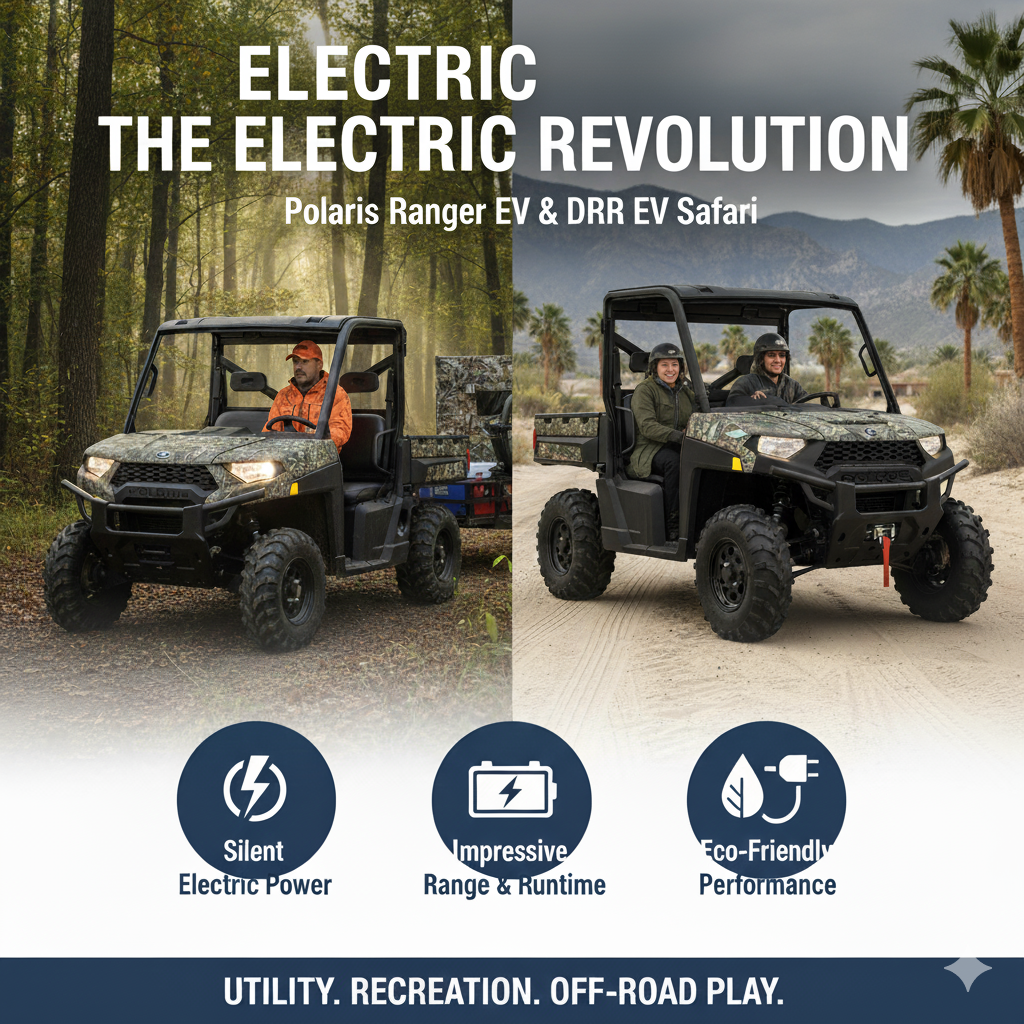
Conclusion: The Quiet Trail Ahead
The Electric Revolution: Polaris Ranger EV and DRR EV Safari in Off-Road Play is here, and it offers a compelling alternative to traditional gas-powered machines.
The Polaris Ranger EV provides a silent, powerful platform for utility and work, while the DRR EV Safari delivers an agile, torque-filled experience for the recreational ATV enthusiast.
The instant torque, low maintenance, and quiet operation of these vehicles are not just novelties; they are genuine performance advantages that are redefining what it means to be an off-road enthusiast.
As battery technology continues to advance, the range and power of these electric beasts will only grow, ensuring a bright and quiet future for off-road play.
Embrace the silence, feel the torque, and join the electric revolution.
References
[1] Field & Stream – Polaris Ranger XP Kinetic UTV, Tested and Reviewed
[2] The Drive – 2024 Polaris Ranger XP Kinetic Review
[3] DRR USA – EV Safari 4×4 | Adult Electric ATV
[4] Tropical Mobility – EV Safari 4×4
[5] SuperATV Off-Road Atlas – The Problem with Electric UTVs (and Why You Should Get One Anyway)




